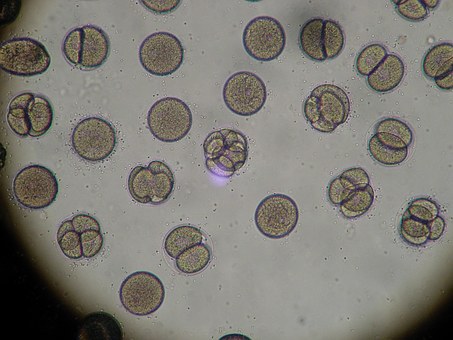Chronic Sinusitis Symptoms & Evidence
Chronic sinusitis, by definition, means inflammation of the sinus cavities. What is confusing about chronic sinusitis is the generalization of this definition and the various causes that can contribute to chronic sinusitis. It has been my experience and belief, that in order to manage chronic sinusitis, all of these various risk factors must be examined and address to see if they contribute to the individuals underlying chronic sinusitis.
Chronic sinusitis is one of the most common chronic diseases that affect many patients here in the United States. It is estimated that some 31 million people suffer from recurrent chronic sinusitis annually. For many of these patients who do suffer from chronic sinusitis, there seems to be no end in sight and their conditions lasts for years- if not decades.
One of the major issues in dealing with chronic sinusitis is that this is a disease that takes in both anatomy and physiology. There are structural issues with chronic sinusitis, as well as physiological issues, that create inflammation of the sinus cavities.
When dealing with chronic sinusitis, one of the first aspects that need to be investigated is whether or not there are anatomical obstructions that are contributing to inadequate drainage of the sinus cavities. For instance, if a patient has a severely deviated septum, drainage of the sinus cavities on the affected side may be compromised. If this occurs, then there is an accumulation of fluid to the sinuses that are obstructed. Since the sinus cavities are not sterile and are colonized with bacteria, the accumulation of fluid in those areas is a perfect media for bacterial growth, leading to a subsequent infection. Surgery to correct the underlying obstruction works very well. Unfortunately, very few patients with underlying chronic sinusitis have the problem resolved with surgery alone. In these cases, which are the majority, there are physiological risk factors which contribute to the recurrent inflammation of the sinus cavities.
The first major risk factor that needs to be addressed is allergies – usually environmental allergies to such items as pollen and mold. Allergy immunotherapy is very beneficial to patients who suffer from allergies to pollen. Allergies to mold, however, is a bit more complicated and does not respond as well to allergy immunotherapy as does pollen. Fungal spores have a tendency to create inflammation in certain individuals, which then create a cascade of inflammation, thereby damaging the mucosa and leading to subsequent bacterial infections. Here in the southeast, there is a high incidence of mold-associated chronic sinusitis, which makes sense, considering the fact that that there is a high concentration of mold found here in the atmosphere. It is not unusual for me to have a patient who tells me that they never had problems with their sinuses when they lived anywhere other than the Southeast but then started to have problems with chronic sinusitis once they began living in the Southeast.
Another risk factor associated with chronic sinusitis is immunoglobulin deficiency. According to the medical literature, approximately 10% of patients with recurrent chronic sinusitis have some sort of underlying immunoglobulin deficiency. It is my belief that this is an underestimation of the number of patients with recurrent chronic sinusitis that have immunoglobulin deficiencies. I do not believe that clinicians are aggressive enough in trying to identify patients with underlying immunoglobulin deficiencies as part of their work up when they have recurrent chronic sinusitis.
The last risk factor associated with recurring chronic sinusitis is gastroesophageal reflux disease or GERD. Patients with this disease develop or have the potential to develop, chronic sinusitis because of damage to the mucosal layer in the sinus cavities from gastric acid, digestive enzymes and other ingredients that should be contained within the stomach but wind up in places they don’t belong. One of the most significant findings for me in dealing with patients with reflux-associated chronic sinusitis is that the patient’s culture positive for bacteria that are normally found in the digestive tract. These include organisms such as Klebsiella and Enterobacter. Once these organisms are identified in a culture, that is done by an ENT during endoscopy, the diagnosis of underlying reflux is confirmed. Unfortunately, many patients do not have heartburn associated with the reflux disease and find it hard to believe. In many instances, it is only after we initiate lifestyle changes in these patients that they begin to understand the significance of reflux in the management of their chronic sinusitis.
In an evaluation of patients with recurrent chronic sinusitis, the clinician must look at all of these aspects in order to manage their patients properly. Very few patients will have only one risk factor that we have discussed, and it is not unusual for patients to have all four major risk factors contributing to their recurrent chronic sinusitis. This is labor-intensive work and takes dedicated clinicians to evaluate every aspect in order to improve the outcome of these patients that suffer from recurrent chronic sinusitis.







